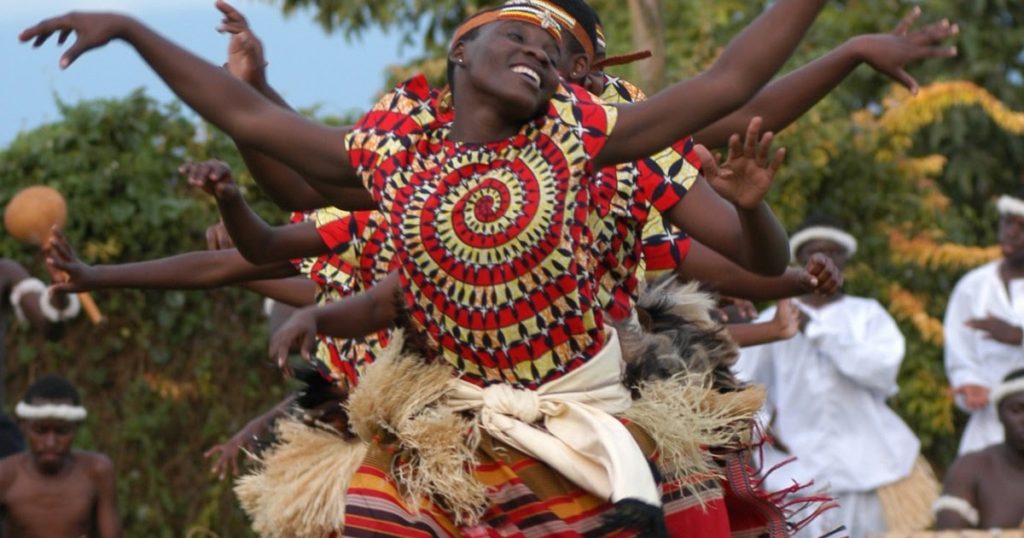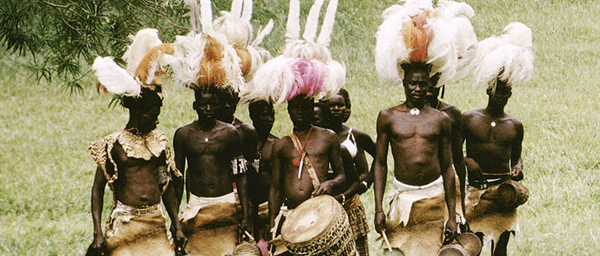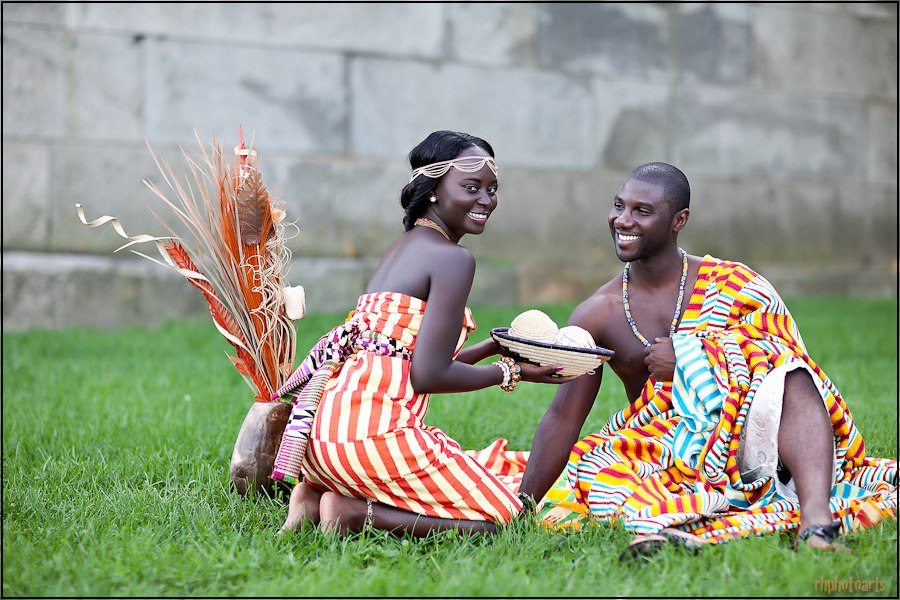Ugandan tribes
Ugandan tribes: Between 1890 and 1926, the British were the country’s first colonizers. Although the old Buganda Kingdom gave rise to the term “Uganda,” Uganda is home to over 56 tribes, comprising both native inhabitants and those who have migrated there. Uganda is surrounded by Kenya to the east, Rwanda and Tanzania to the south, South Sudan to the north, and the Democratic Republic of the Congo to the west. Uganda is situated between the arms of the Eastern and Western Great Rift Valleys in East Africa. The Stone Age people were the easiest people to live in Uganda; they were progressively displaced by agriculturalists and pastoralists who arrived in the first millennium A.D. People began migrating to Uganda from various parts of Africa between 500 and 1,500 A.D., and by the time of British colonial administration, Uganda was home to more than 50 distinct ethnic and cultural groupings. These ethnic groupings were neatly separated into four divisions: Nilo-Hamites, Bantu, Hamites, and Nalotics.

Approximately 50% of Uganda’s population is made up of Batwa people, who were among the first ethnic groups to arrive in the country. The Baganda, Basoga, Bagwere, Batooro, Bakiga, Banyankole, Bafumbira, Bagisu, Banyoro, Basamia, Banyole, and Bakonjo are among the Bantu tribes that inhabit Uganda The Bantu people are distributed throughout the central and western regions of Uganda, primarily in the cities of Jinja, Busia, Kampala, Masaka, Mbarara, Mbale, Fort Portal, Kabale, Kisoro, Iganga, and Jinja, to name a few. The tribes mostly work as farmers and cattle keepers.
The Nilo-Hamities, who live in northeastern Uganda, make up the second group. To name a few, the tribes that make up this ethnic group are the Karamojongs, Itesots, Karam, Sebei, Pokot, Labwor, Tepeth, and Kakwa. It is stated that this group was formerly a single people and that they came from the Ethiopian highlands. The Langi are distinct in that the Luo, an ethnic group from the Nilotics, stole their culture.
The Nilotics, who migrated to what is now Northern Uganda, make up the third group. They are also referred to as the Luo ethnic group, and the Alur, Acholi, Japadhola, and Langi are among the tribes that make up this group. Along with the Alur, who lived in the West Nile, there are the Acholi in Northern Uganda and the Japadhola in Eastern Uganda. Other groups include the Madi, Okebu, Metu, and Lugbara. Although these tribes are originally from Sudan, it is clear from their language and culture that they have entirely moved away from their home countries.As a result, there are numerous tribes speaking various languages throughout Uganda. About nine indigenous nations and 56 tribes are officially recognized in Uganda according to the 1995 constitution amendment of 2005. Uganda’s official language is English. In much of the nation, Luganda and Swahili are also frequently spoken languages. Asian languages are also spoken, along with French, Arabic, and German, primarily in educational institutions, Embassies, and at higher educational levels due to the growing number of foreign residents, particularly Asians.

The list of Uganda’s 56 indigenous tribes can be found below.
Acholi
Langi
tesots
Basoga
The Baganda
Bakwere
Hahima
Banyakole
Bakiga
Bagisu
Basamia
Sabiny
Bosoga
Batooro
Banyoro
Pokoth
Jie
Bakonzo
Bafumbira
Babwisi
IK
Batwa
Batuku
Kakwa
Karamojong
Dodoth
Jonam
Bagungu
Hehe
Banyole
Bakenyi
Nubi
Napore
Bakwe
Baamba
Japadhola
Ethur
Kuku
Baruli
Batagwenda
Banyabindi
Madi
Lugbara
Cut throat
Batuku
Kebu
Kumam
Lendu
vonoma
The Nyangia
Bakukusu
Hehe
Hororo Bahororo
Kebu
Bagwe
Mening
Uganda is an interesting nation to visit because of all the tribes that were previously stated. Every tribe in Uganda has distinct characteristics that set it apart from other civilizations. As a result, every tribe has its own customs, traditions, and ways of life, including attire, marital customs, cuisine, religious connections, and cultural practices. Some of the customs observed by Uganda’s many tribes are listed here.
Clothes – Most tribes used to wear “Gomesi” for women, and today ladies wear this traditional attire for ceremonies and celebrations, while men wear “Kanzu.” However, because of modernity, the traditional clothing is now limited to formal occasions. The tribes who have settled in Uganda’s central and eastern regions are the principal wearers of these clothes. The people of the Karamoja region have a distinctive style of wearing called “Suuka.” “Mushanana” for women and “Bussuti” for men are the clothes worn by the Banyarokole, Batooro, and Banyoro in the western region of Uganda. These clothes are primarily worn for weddings and other ceremonies and festivities.

One of the most fascinating aspects of the Ugandan tribes is their traditional marriage practices. In Uganda, marriages are highly valued among the tribes. Men obtain their wives from the houses of their parents by paying a bride price, which is a token of gratitude and respect for the woman’s family. In the past, the girl was expected to remain a virgin until the man arrived to pay the bride price. This was a requirement for every man to be married. Cattle were accepted as bride prices by the Banyankole, Itesots, Acholi, Batooro, and Karamojong tribes in western and far-east northern Uganda, to name a few. In Uganda, polygamous marriages were the norm rather than the exception, and polygamous men were revered in their communities. Paying the bride price is customarily a sign that the guy is the head of the household and sets rules.
Foods and Drinks: The primary foods consumed in Uganda are from a certain tribe and are indigenous to the country. The primary dish of each tribe is used to identify them, such as Luwombo for the Baganda, Millet for Banyankole, Cassava for Basoga, Matooke for Sabin, and Malewa for Bagisu, Itesots, Acholi, Langi, and Millet for Karamojongs. The Bakiga, or Irish potatoes; the Basoga, or sweet potatoes; and the Batooro, or millet. Other agricultural products grown and eaten in Uganda include sweet potatoes, which the Basoga people use as a substitute for cassava. Among the other things consumed are yams, vegetables, rice, corn, Irish potatoes, and an abundance of fruits. The Itesots’ Ajono, the Buganda people’s Munanasi, and the western tribes’ Ntoto are among the widely recognized alcoholic beverages. After work, people would socialize in the neighborhood by drinking these regional libations during their free time.
Family and Gender Status: Traditionally, the husband or father, who is the head of the family, made choices without consulting the wife or kids. With the exception of the Acholi tribe, where women are responsible for maintaining a home, all tribes in Uganda have a gendered system of family provision and care. As a result, women heavily rely on men to provide for their families in terms of food, child care, and house construction. Historically, women were viewed as inferior to males and were only allowed to perform certain tasks, such as attending meetings and eating certain foods like chicken. In other words, women were primarily meant for the kitchen.
Etiquette: The customary way to meet someone is to shake hands. Everyone in the home washes their hands and settles down on floor mats when dinner is served. Unexpected guests and neighbors are welcome to join the family for dinner. Usually, the family says a quick prayer before beginning to eat. Children don’t speak throughout the meal until they are questioned. It is seen rude to exit the room when someone else is consuming food. During a meal, it is considered disrespectful to stretch your legs or lean on your left hand. Everyone compliments the mother and the cook in turn after the supper is over. Children are expected to treat their parents with respect in any circumstance, and the girl child’s way of saying “hello” to the elders is by bending down on her knees.
Cultural and traditional customs – Every tribe in Uganda has a custom that sets it apart from other tribes, combining to create a nation with a variety of fascinating cultures. For instance, the Bagisu people conduct circumcision on young boys as a step toward adulthood. It is thought that a Masaba kid is not regarded as a man if he does not undergo the customary circumcision. The youngster must be courageous enough to complete the process—that is, a man of courage—and there will be celebrations along the way. The government of Uganda, on the other hand, has strongly discouraged the Sabin people of Kapchorwa from performing circumcision on females because it is an extremely dangerous practice that has resulted in the deaths of several girls.



